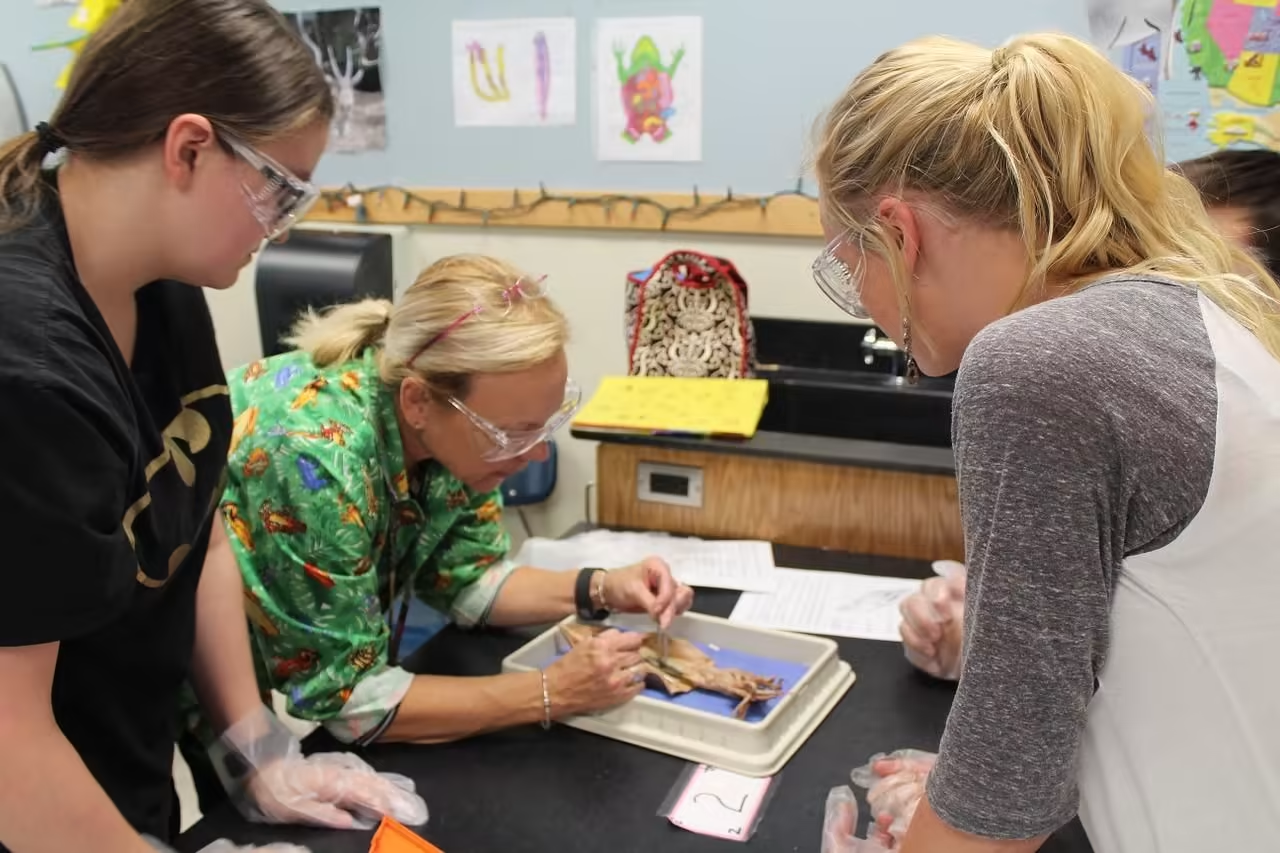So, you wanna know about U.S.-accessible STEM programs? Let’s break it down in plain English—no robots here, just real talk.
What’s the Deal with U.S.-Accessible STEM Programs?
Alright, here’s the lowdown: U.S.-accessible STEM programs are basically science, tech, engineering, and math degrees that actually make sense for American students. You don’t have to jump through flaming hoops to apply. Stuff’s in English, the credits transfer, and you won’t get lost in translation (literally or academically). London Adams (totally made-up but inspired by places like Adamas University) is rolling out the red carpet for U.S. students—think easy applications, no weird language barriers, and you can even bring some credits back home.
And if you’re worried about job prospects, the U.S. Bureau of Labor Statistics says STEM gigs are on fire—projected to grow 10.5% through 2030. Not bad, right?
Why Even Bother with London Adams in 2025?
Honestly? It’s kinda a no-brainer if you’re looking for a global experience without selling your soul to student loans. London Adams is all about next-level research, hands-on learning, and mingling with folks from all over. Over 90 partner universities, so you can swap continents mid-degree if that’s your vibe. Oh, and Pinterest says “global STEM programs” are trending hard—up 40%. If you care about that sort of thing.
Okay, so what’s actually on offer? Here’s the main event:
Top 5 U.S.-Accessible STEM Programs at London Adams
- BSc Computer Science AI, cybersecurity, building apps—the whole nine yards. You’ll get your hands dirty with projects, and if you wanna travel more, there are exchange programs (like, you could end up in Warsaw for a semester). You’ll need at least 60% in high school math.
- BEng Mechanical Engineering Robots, cars, green energy—basically, if it moves, you’ll study it. There’s lots of time in the lab (no boring lectures all day), and grads have landed at Siemens and other big names. Just bring 60% in high school physics and math to the table.
- BSc Biotechnology More into genes and medical breakthroughs? This is your playground. Get access to wild research labs and real partnerships with biotech companies (think Cipla). Entry bar’s a bit lower: 50% in high school bio.
- BEng Electrical Engineering Wanna design the next Tesla or figure out solar panels? This is your jam. All the latest gear in the labs, and past students got gigs at places like Atos. You’ll need 60% in high school physics and math.
- BSc Data Science If you love data, analytics, and making sense outta chaos, this one’s for you. Machine learning, big data, stats—you’ll be drowning in cool tech and high-paying offers. Placement rate is 93% (not too shabby), and you’ll need 50% in high school math.
How Do You Actually Apply?
It’s not rocket science, promise:
- First, check if you meet the grade cutoffs—usually 50-60% in relevant high school subjects.
- Throw your application in online. You’ll need transcripts and a dorky 2×2 photo.
- Some programs want SAT or ACT scores. If not, there’s their own test (AUAT). No sweat.
- There’s an interview. Don’t freak out; just talk about why you’re into STEM.
- Money talk: Check out scholarships or U.S. student loans—don’t let tuition scare you off.
Still stuck? Hit up international@adamasuniversity.ac.in for help.
Why Study STEM Abroad Anyway?
Let’s be real—studying STEM overseas is a power move.
- You get a global mindset. Solving problems with people from everywhere? Super valuable.
- Job prospects? London Adams claims a 93% placement rate, and grads end up at cool companies like Byju’s and Coca-Cola.
- Tuition isn’t insane—think $5,000-$12,000 per year, way less than some U.S. schools.
- Networking galore. With 90+ university partners, you’ll never be short on connections.
Wanna know more? Reach out, or check the guides linked above. Who knows, maybe you’ll be the next STEM superstar—just don’t forget us when you’re famous.

